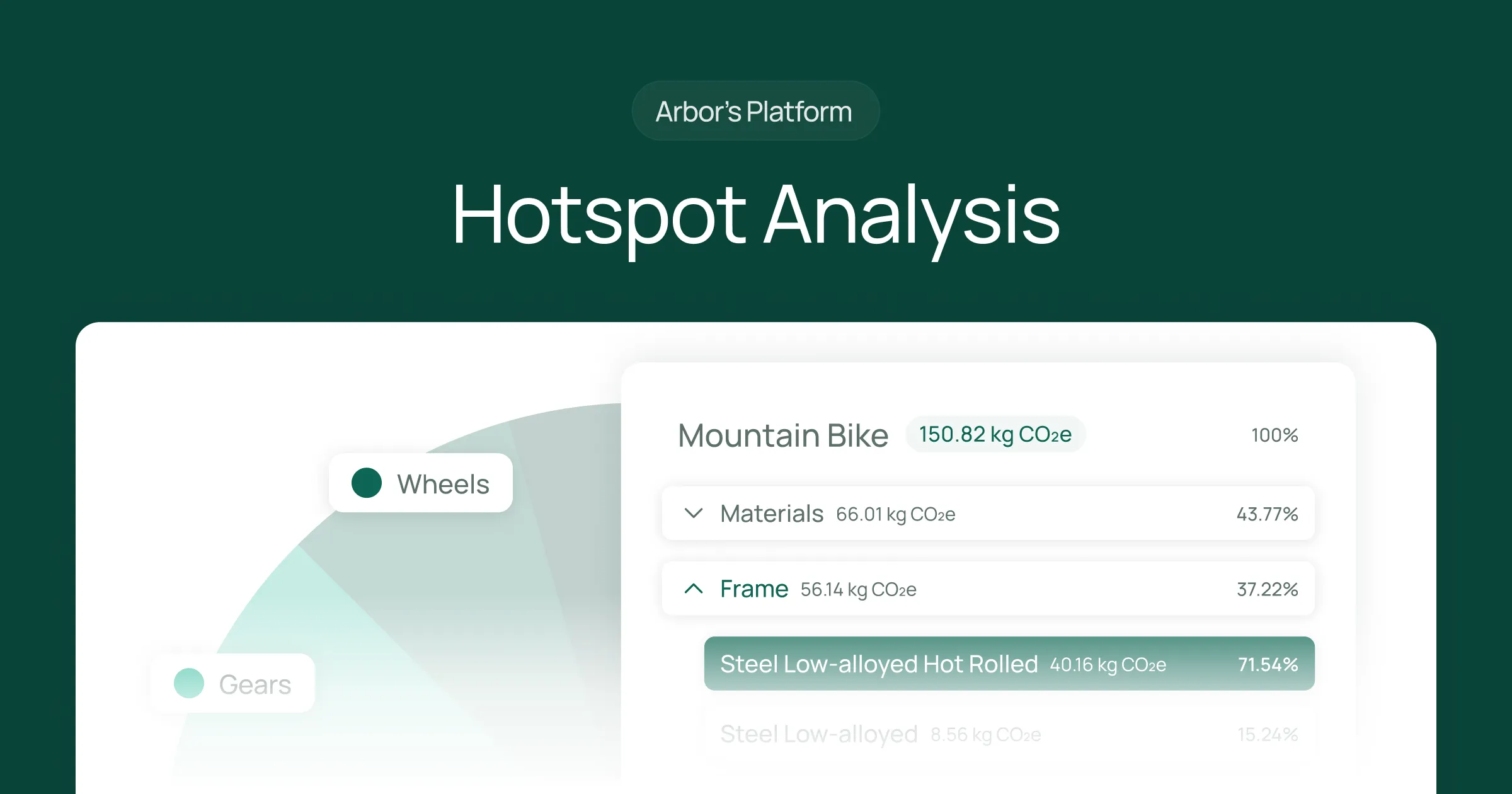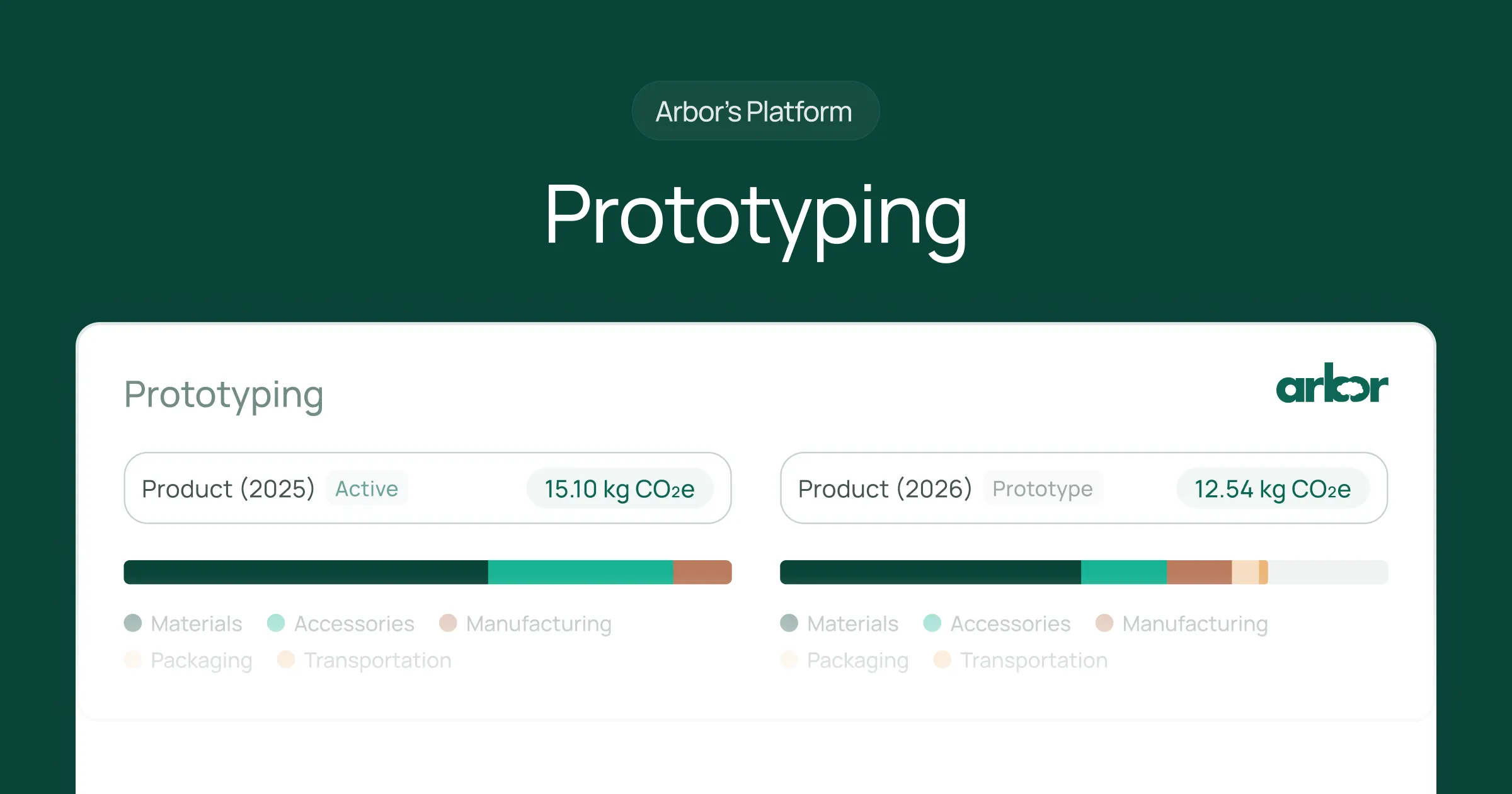Product Category Rules (PCR) are a set of specific guidelines that provide a standardized method for assessing the environmental impact of a product or service throughout its lifecycle. These rules are crucial in the field of carbon management and sustainability, as they allow for a consistent and transparent comparison of the carbon footprints of different products within the same category. For instance, a Product Category can include groups like 'floor finishes,' 'concrete blocks,' or 'insulation,' enabling businesses to compare and assess the environmental impacts of products within these defined categories. This article will delve into the intricacies of PCR, their importance, and their role in carbon management.
PCRs are developed by experts in the respective product categories and are based on international standards, such as ISO 14025 and ISO 14040/44. They are typically developed by an environmental product declaration (EPD) programme operator and must be reviewed and approved by a panel of independent experts before they can be used. This ensures that all PCRs are scientifically sound and reliable.
The Importance of PCR in Carbon Management
PCRs play a crucial role in carbon management. They provide a standardized method for measuring the carbon footprint of a product, which is essential for companies looking to reduce their environmental impact. Without PCRs, it would be nearly impossible to compare the carbon footprints of different products, making it difficult for companies to identify areas for improvement.
Furthermore, PCRs also contribute to the transparency and credibility of environmental claims. By following the guidelines set out in a PCR, companies can ensure that their environmental claims are based on reliable and consistent data. This helps build trust with consumers and stakeholders, who are increasingly demanding more transparency around the environmental impact of products.
Development of PCR
The development of a PCR is a complex process that involves a number of steps. First, a draft PCR is created by a technical committee, which is made up of experts in the relevant product category. This draft is then reviewed by a panel of independent experts who can suggest changes or improvements.
Once the draft has been approved by the expert panel, it is made available for public comment. This allows anyone with an interest in the product category to provide feedback on the draft PCR. After the public comment period, the technical committee reviews the feedback and makes any necessary changes to the draft. The final PCR is then published and can be used by companies to assess the environmental impact of their products.
Application of PCR
Once a PCR has been developed, it can be used by companies to assess the environmental impact of their products. This is typically done through a lifecycle assessment (LCA), which looks at the environmental impact of a product from cradle to grave. The PCR provides the guidelines for how this LCA should be conducted, ensuring that the results are consistent and comparable.
Companies can use the results of the LCA to identify areas where they can reduce their environmental impact, develop more sustainable products, and communicate their environmental performance to consumers and stakeholders. The PCR thus plays a crucial role in helping companies to manage their carbon footprint and contribute to a more sustainable economy.
PCR and Environmental Product Declarations (EPD)
PCRs are closely linked to Environmental Product Declarations (EPD). An EPD is a document that provides detailed information about the environmental impact of a product, based on a lifecycle assessment. The PCR provides the rules for how this lifecycle assessment should be conducted, ensuring that the information in the EPD is reliable and comparable.
EPDs are a powerful tool for companies looking to communicate their environmental performance to consumers and stakeholders. By providing detailed and reliable information about the environmental impact of their products, companies can build trust and credibility and differentiate themselves in a market that is increasingly focused on sustainability.
Development of EPD
The development of an EPD is a complex process that involves a number of steps. First, a lifecycle assessment is conducted, following the guidelines set out in the relevant PCR. This assessment looks at the environmental impact of the product from cradle to grave, taking into account factors such as raw material extraction, manufacturing, transportation, use, and end-of-life disposal.
Once the lifecycle assessment has been completed, the results are compiled into a draft EPD. This draft is then reviewed by a panel of independent experts who can suggest changes or improvements. Once the draft has been approved by the expert panel, the final EPD is published and can be used by companies to communicate their environmental performance.
Application of EPD
Once an EPD has been developed, it can be used by companies to communicate their environmental performance to consumers and stakeholders. The EPD provides detailed and reliable information about the environmental impact of the product, which can help to build trust and credibility.
Companies can also use the EPD to identify areas where they can reduce their environmental impact, develop more sustainable products, and differentiate themselves in a market that is increasingly focused on sustainability. The EPD thus plays a crucial role in helping companies to manage their carbon footprint and contribute to a more sustainable economy.
PCR and Sustainability
PCRs play a crucial role in promoting sustainability. By providing a standardized method for assessing the environmental impact of products, they enable companies to identify areas where they can reduce their environmental impact, develop more sustainable products, and communicate their environmental performance to consumers and stakeholders.
Furthermore, PCRs contribute to the transparency and credibility of environmental claims. By following the guidelines set out in a PCR, companies can ensure that their environmental claims are based on reliable and consistent data. This helps build trust with consumers and stakeholders, who are increasingly demanding more transparency around the environmental impact of products.
Role of PCR in Sustainable Development
The role of PCRs in sustainable development cannot be overstated. They provide guidelines for how companies should assess the environmental impact of their products, which is a crucial step in the development of more sustainable products. By following these guidelines, companies can ensure that their products have a lower environmental impact, contributing to the goal of sustainable development.
Furthermore, PCRs also play a role in promoting sustainable consumption. By providing reliable and consistent information about the environmental impact of products, they enable consumers to make more informed purchasing decisions. This can drive demand for more sustainable products, contributing to the transition towards a more sustainable economy.
PCR and Corporate Social Responsibility
PCRs also play a role in corporate social responsibility (CSR). Companies that are committed to CSR are often looking for ways to reduce their environmental impact, and PCRs provide a standardized method for doing so. By following the guidelines set out in a PCR, companies can assess the environmental impact of their products, identify areas for improvement, and develop more sustainable products.
Furthermore, by using PCRs to assess the environmental impact of their products, companies can demonstrate their commitment to CSR to consumers and stakeholders. This can build trust and credibility and differentiate the company in a market that is increasingly focused on sustainability.
In conclusion, Product Category Rules (PCR) are a crucial tool in the field of carbon management and sustainability. They provide a standardized method for assessing the environmental impact of products, enabling companies to identify areas for improvement, develop more sustainable products, and communicate their environmental performance to consumers and stakeholders.
By promoting transparency and credibility, PCRs can help build trust with consumers and stakeholders and drive demand for more sustainable products. As such, they play a crucial role in the transition towards a more sustainable economy.
Understanding the importance of Product Category Rules (PCR) is just the beginning. If you're an executive or project leader looking to navigate the complexities of carbon management with ease, Arbor is your solution. Our platform empowers you to calculate emissions with precision, make informed environmental decisions, and ensure compliance with climate legislation. With Arbor's Carbon Management Platform, you can tackle stakeholder pressures, save time and budget, and access reliable data for your sustainability initiatives. Experience the benefits of material-level calculations, GRI-certified reporting, region-specific data, and product prototyping.
Request a demo today and become the sustainability champion your organization needs.
Measure your carbon emissions with Arbor
Simple, easy carbon accounting.



.avif)
.webp)
%20Directive.webp)


.webp)











%20Arbor.avif)





%20Arbor.avif)


.avif)






%20Arbor%20Canada.avif)

.avif)
%20Arbor.avif)
.avif)






_.avif)
.avif)
%20Arbor.avif)




%20Software%20and%20Tools.avif)





.avif)
.avif)




%20EU%20Regulation.avif)












.avif)


%20Arbor.avif)









_%20_%20Carbon%20101.avif)







.avif)

.avif)
.avif)








